An Aoudad, on the run towards my direction that has been away from the herd.
Aoudad- Ammotragus lervia
The Barbary Sheep (Ammotragus lervia) is a species of caprid (goat-antelope) native to the rocky mountains in North Africa. Six subspecies have been described. Although it is rare in its native North Africa, it has been introduced to North America, southern Europe and elsewhere. It is also known as aoudad,waddan, arui, and arruis.
Natural Range: Barbary Sheep are found naturally in northern Africa in Algeria, Tunisia, northern Chad, Egypt, Libya, northern Mali,Mauritania, Morocco( including Western Sahara ), Niger and Sudan (west of the Nile and east of the Nile in the Red Sea Hills)
Status: Vulnerable, Population decreasing
Young Aoudad’s can climb rocks within hours of birth. Aoudad’s continue to decline in their native habitats due to hunting pressures. Here within the wilds of a refuge they are seeking to see what comes within of their environment. They are fleet of foot as well.
Barbary Sheep stand 80 to 100 cm (2.6 to 3.3 ft.) tall at the shoulder and weigh 40 to 140 kg (88 to 310 lb.). They are a sandy-brown color, darkening with age, with a slightly lighter underbelly and a darker line along the back. Upper parts and the outer parts of the legs are a uniform reddish-brown or grayish-brown. There is some shaggy hair on the throat (extending down to the chest in males) and a sparse mane. Their horns have a triangular cross section. The horns curve outwards, backwards then inwards, and reach up to 50 cm (20 in). The horns are smooth, but wrinkled at the base.
Habitats: Barbary Sheep are found in arid mountainous areas where they graze and browse grass, bushes and lichens. They are able to obtain all their moisture from food, but if liquid water is available they drink it and wallow in it.
Barbary Sheep are crepuscular: meaning active in the early morning and late afternoon and resting in the heat of the day. They are very agile and can achieve a standing jump of over 7 feet (2 meters).
Barbary Sheep on the run towards my direction, in time the herd surrounds me.
Barbary Sheep are very gregarious, and freeze in the presence of danger, probably in order to happen unnoticed to predators.
Their main predators in North Africa were the Barbary leopard, the Barbary lion and caracal.
Now their biggest threat is only humans, whom threaten their population. Great strides are being made to protect the Barbary Sheep in many wildlife sanctuaries.
The Barbary sheep are just one species that is dwindling on our planet due to mankind. My hat is off to all of those whom strive to prevent eradication of species that are threatened today. There are many involved around the world whom day in and day out have a goal to make a difference for the future of mankind and our eco systems.

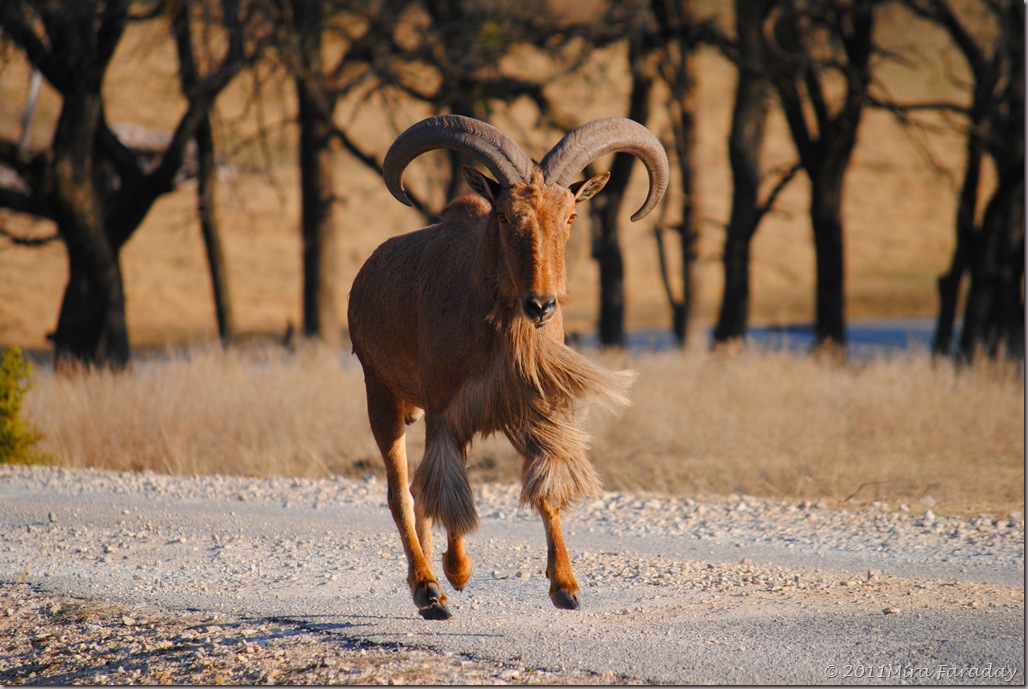
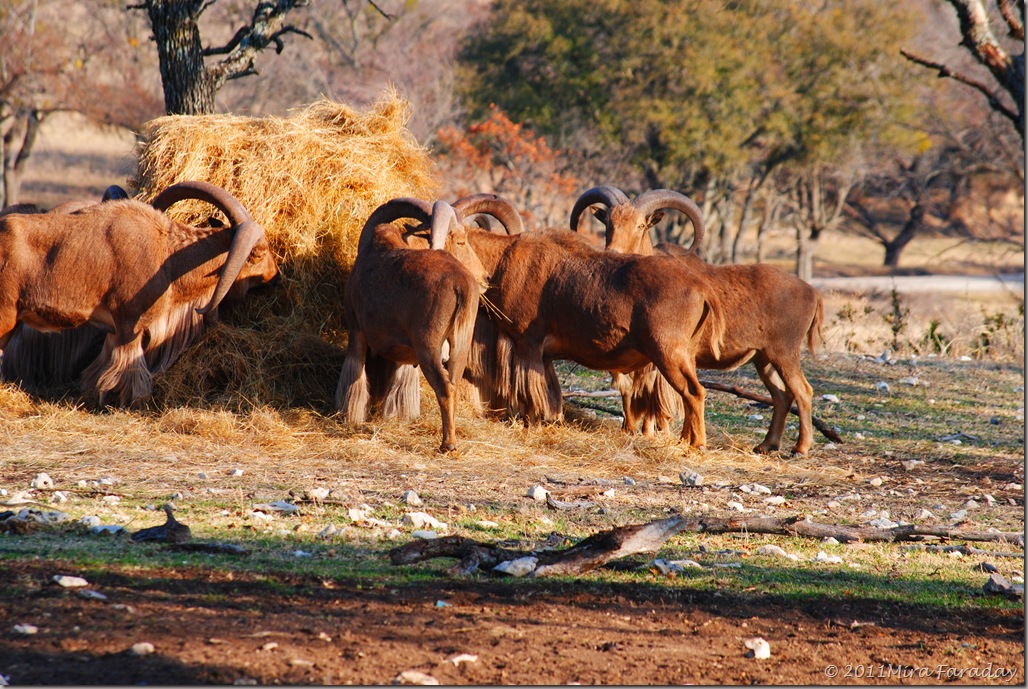
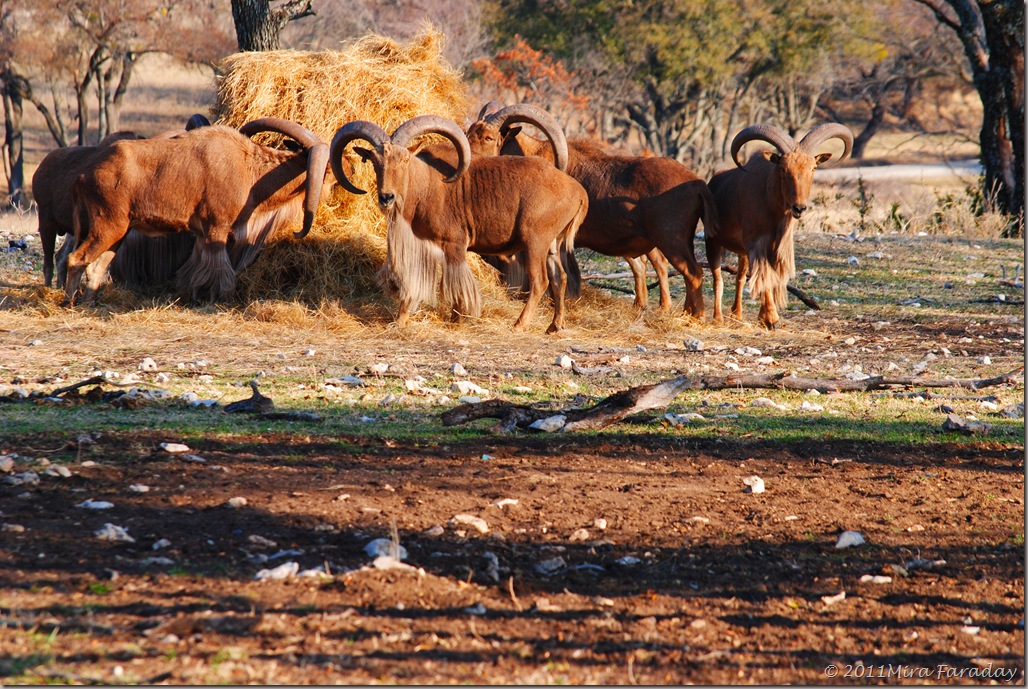
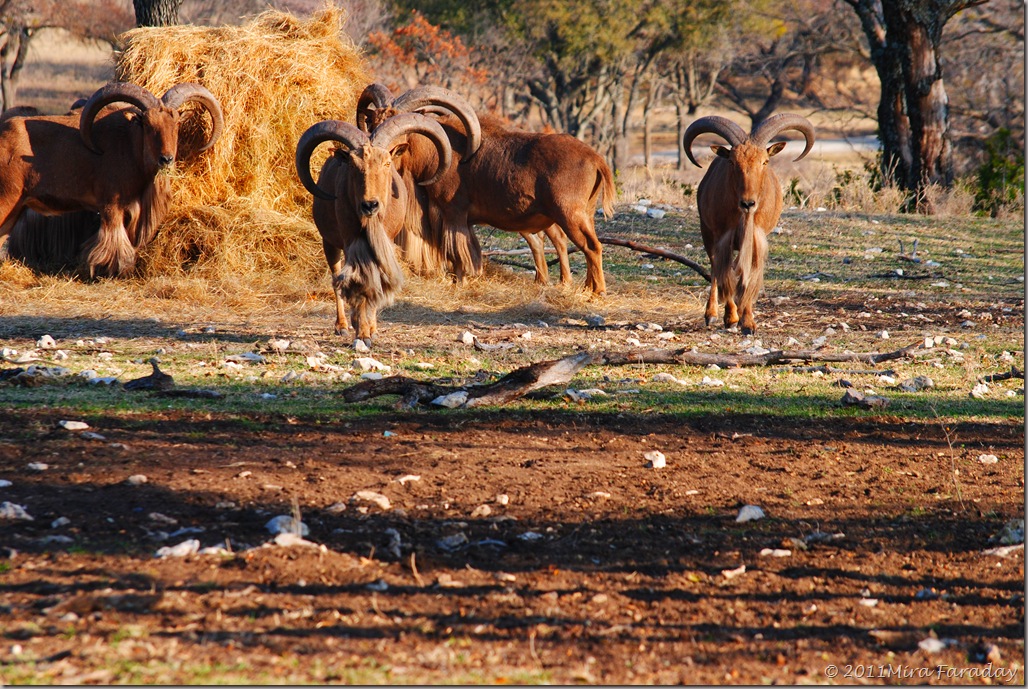

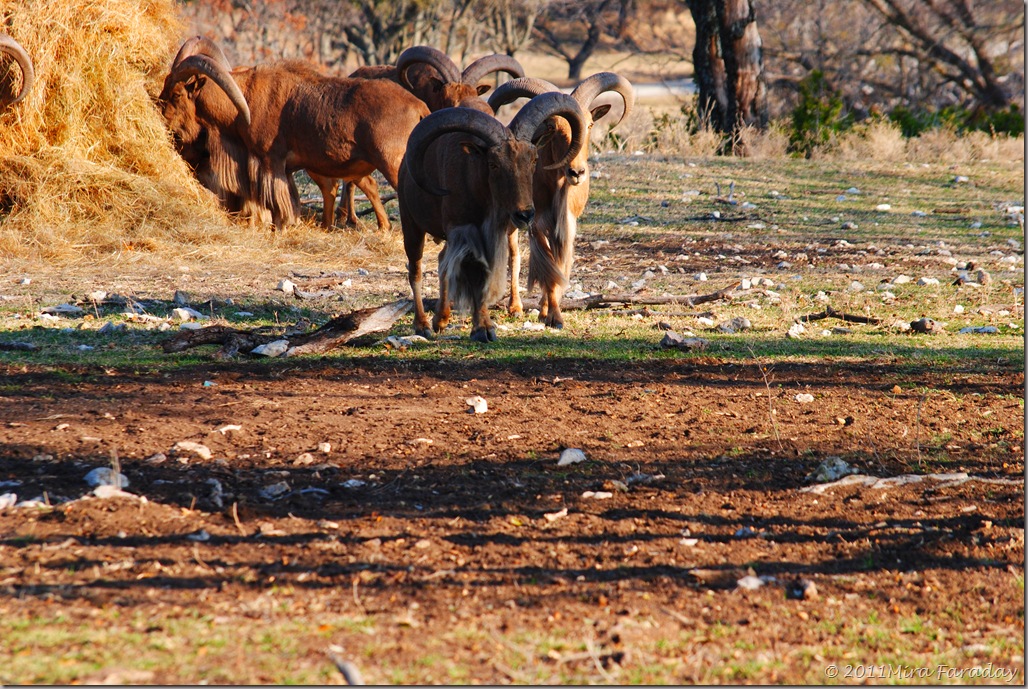
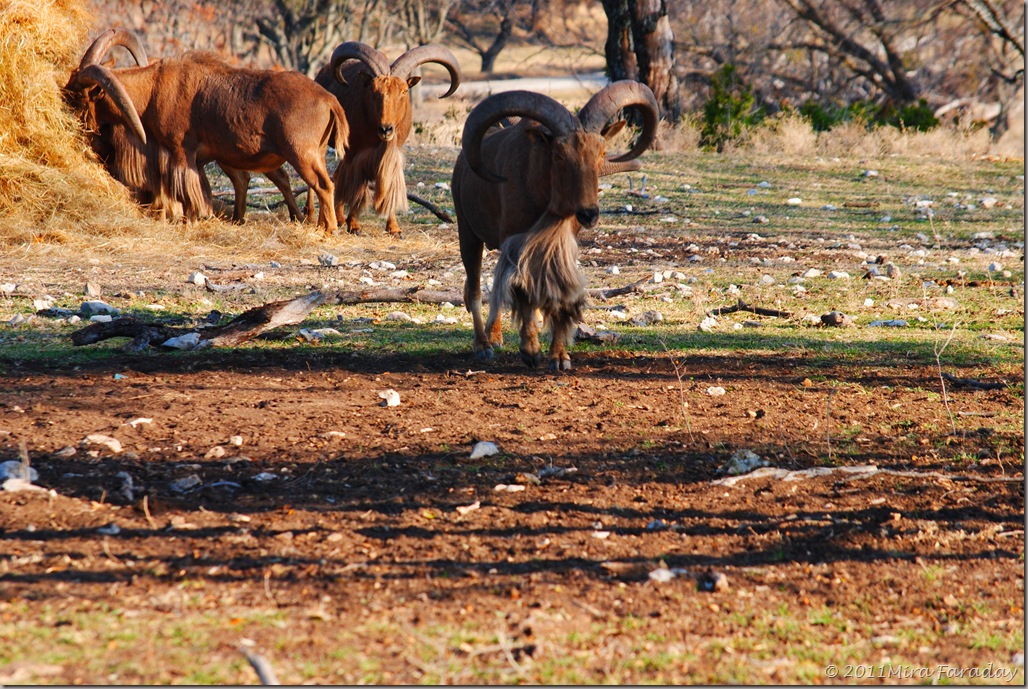
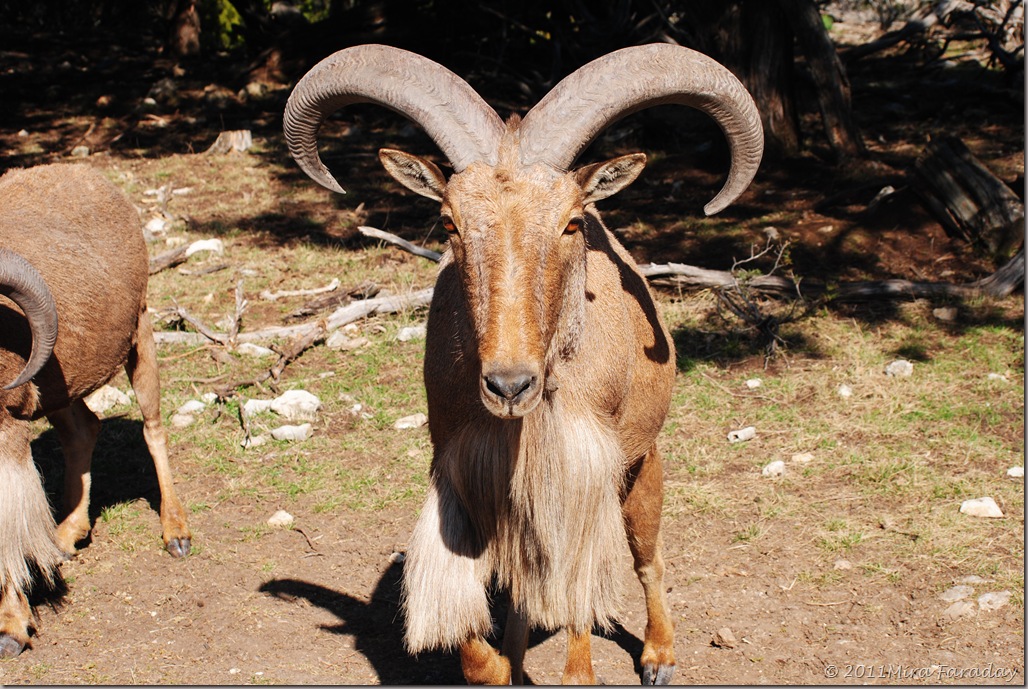





ask at the information desk for its display times before you start your visit. Outdoor Cooking Eating